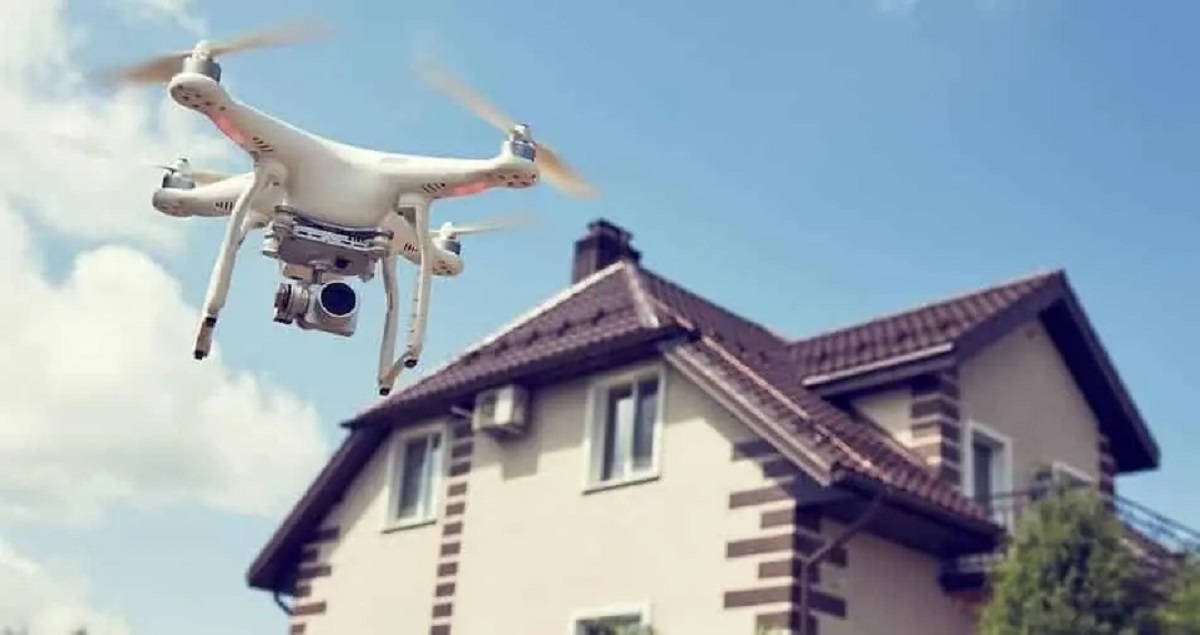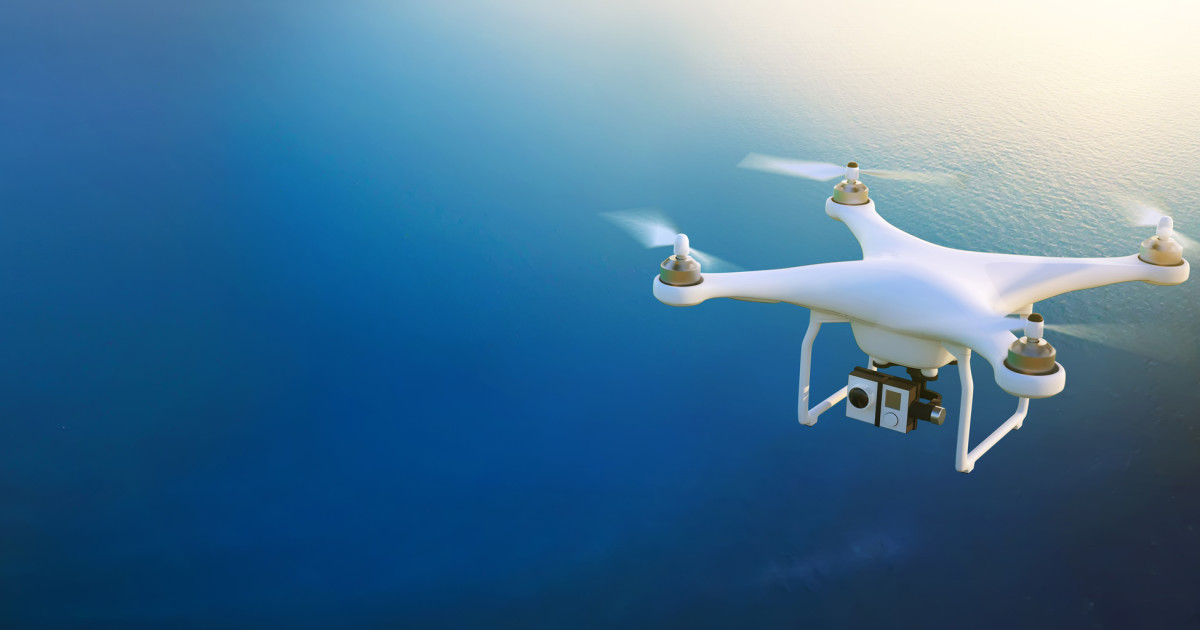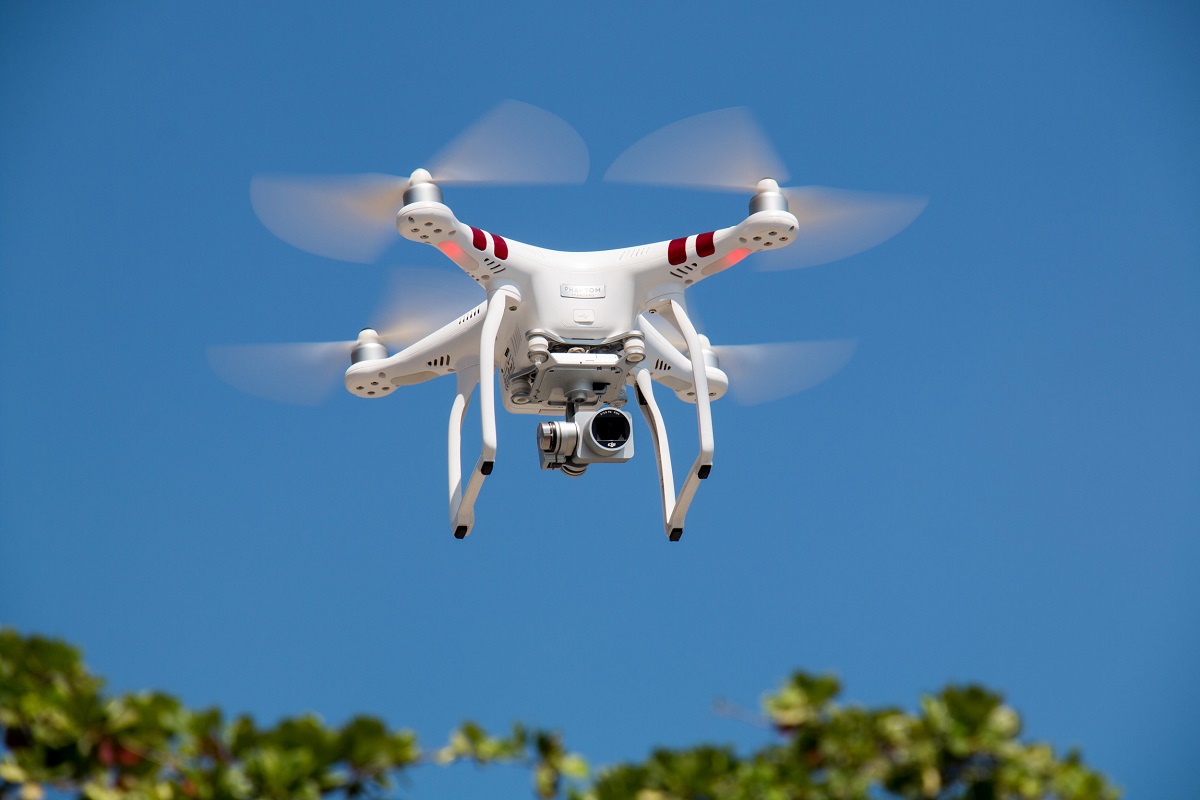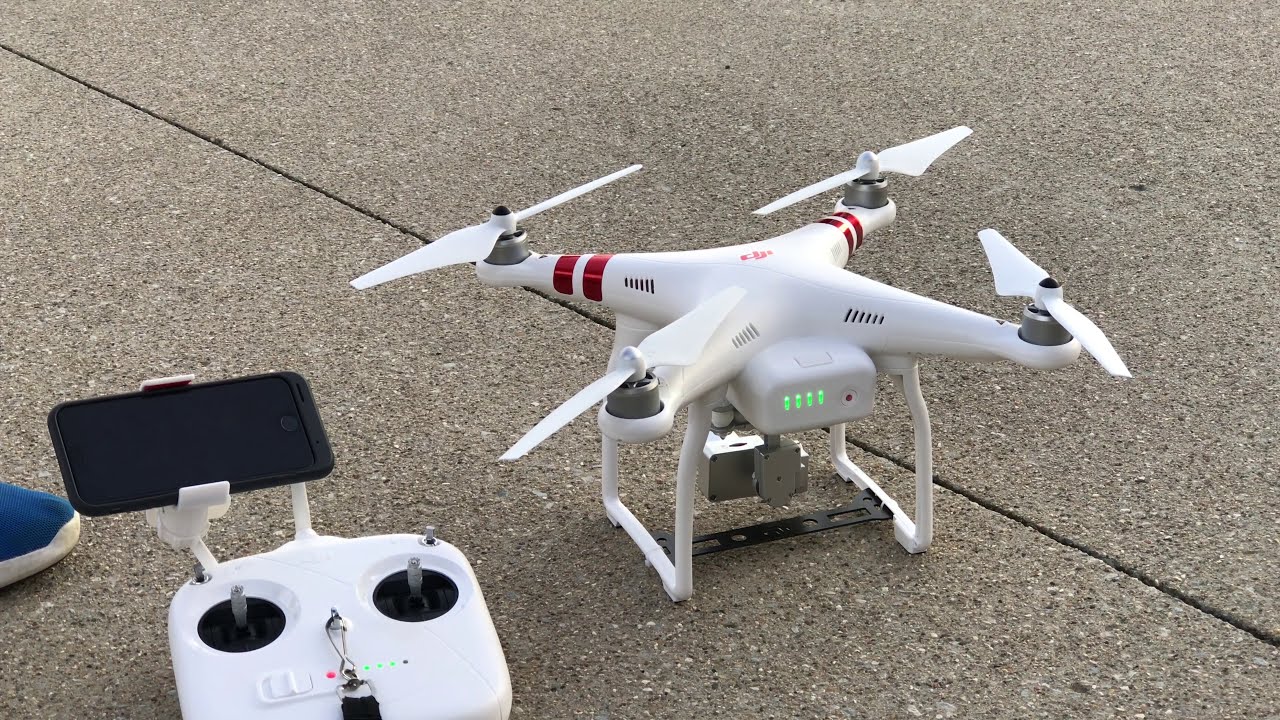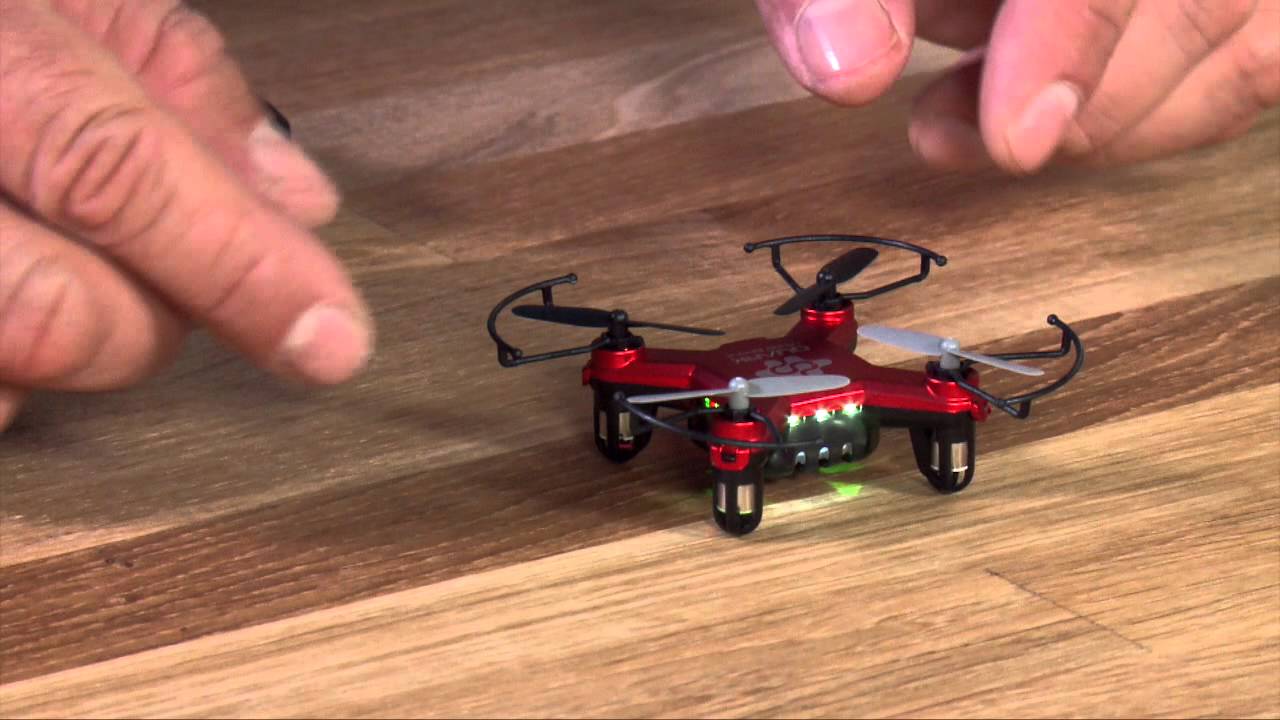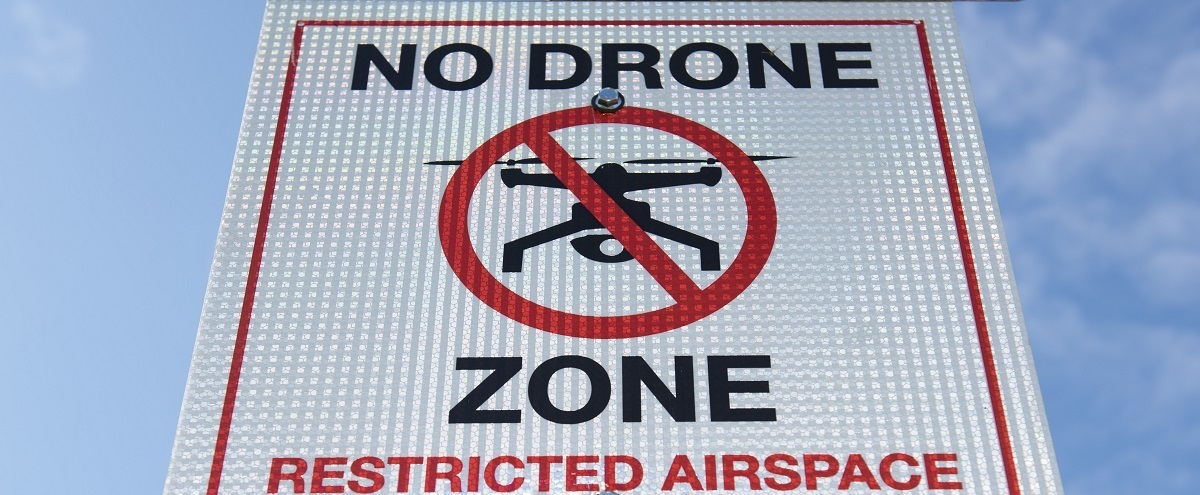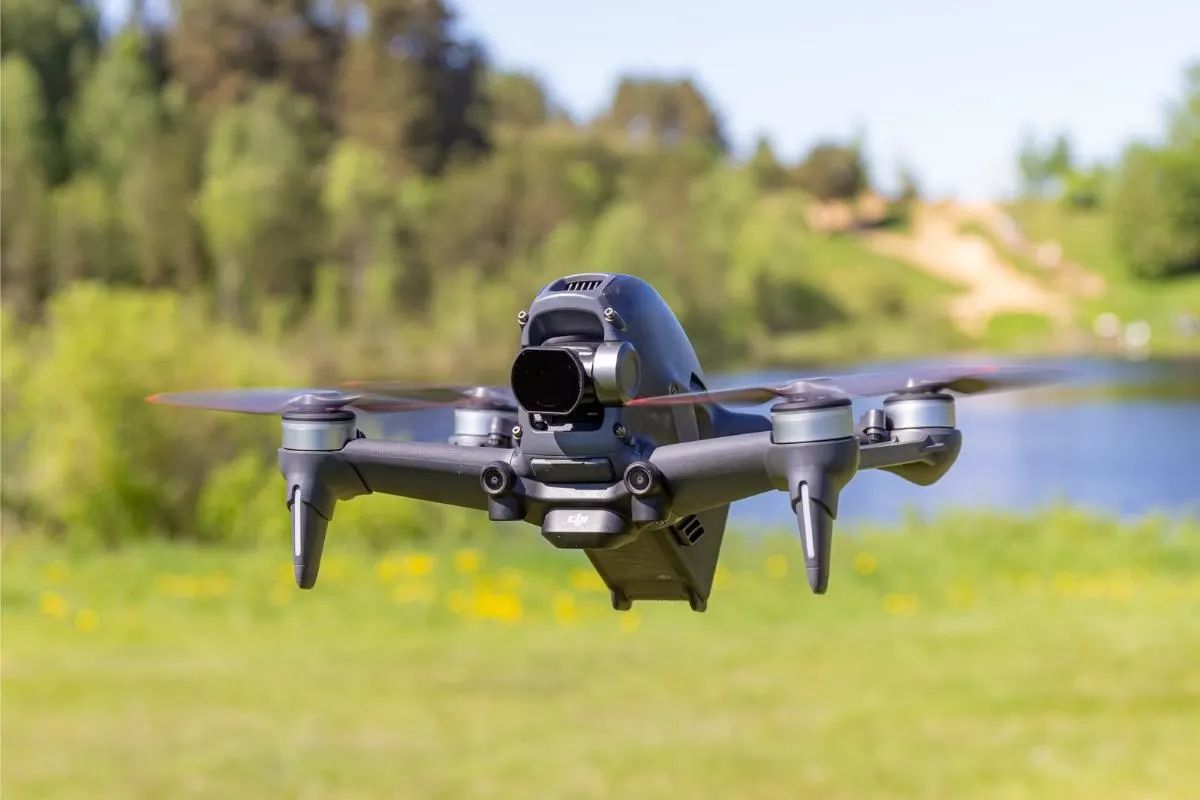Introduction
In today’s technological age, the sight of a drone buzzing in the sky is becoming increasingly common. These small, unmanned aircraft have transformed various industries and recreational activities. However, as drones continue to rise in popularity, concerns about privacy and safety have also emerged.
Have you ever looked up and wondered, “Who is flying a drone over my house?” You’re not alone. Many homeowners have expressed similar concerns, questioning the motives behind the presence of a drone hovering above their property.
In this article, we will explore how you can identify if a drone is flying over your house and the reasons why someone might choose to do so. We will also shed light on the legal aspects surrounding drone flights over private property and what actions you can take if you believe your privacy is being infringed upon.
By understanding these aspects, you will be better equipped to protect your privacy and respond appropriately if you find yourself in a situation where a drone is flying over your house without your consent.
So let’s dive in and uncover the facts surrounding the mysterious presence of drones in our skies.
How to Identify if a Drone is Flying Over Your House
Identifying whether a drone is flying over your house can initially be challenging, especially if you don’t have prior experience with these devices. However, there are several signs and techniques you can use to determine if a drone is present in your vicinity.
1. Visual Observation: The most obvious way to identify a drone is through visual observation. Look up at the sky and scan for any small, remotely piloted aircraft. Drones typically have multiple propellers and a unique shape that differentiates them from birds or other aerial objects.
2. Sound: Drones produce a distinct buzzing or whirring sound due to their propellers. If you hear an unfamiliar sound that seems to be coming from above, it could indicate the presence of a drone. The sound may vary depending on the size and type of drone, but it is generally distinguishable from other ambient noises.
3. Flight Patterns: Drones tend to exhibit distinctive flight patterns. They may hover in one spot, move rapidly in various directions, or fly in a specific trajectory. Observe the movement of the object in the sky to determine if it aligns with typical drone behavior.
4. Lights: Many drones are equipped with LED lights that make them visible during night flights. If you notice flashing or steady lights in the sky, it could indicate a drone’s presence. Pay attention to the color and pattern of the lights, as some drones have specific lighting configurations.
5. Camera Equipment: Some drones are equipped with cameras or other sensors. If you notice a small device attached to the drone’s body that resembles a camera or recording equipment, it is likely meant for capturing aerial footage or images.
It’s important to note that these identification methods are not foolproof, as there may be instances where drones are disguised or flying at higher altitudes, making them harder to detect. However, by being observant and aware of these signs, you can increase your chances of identifying a drone flying over your house.
Now that we’ve explored how to identify a drone, let’s delve into the possible reasons why someone might choose to fly a drone over your house.
Reasons Why Someone Might be Flying a Drone Over Your House
When a drone is flying over your house, it’s natural to wonder about the motives behind its presence. There can be various reasons why someone might choose to fly a drone in your vicinity. It’s important to keep in mind that not all drone activities are malicious or invasive. Here are some possible reasons:
1. Recreational Purposes: Drones have become popular among hobbyists and drone enthusiasts who enjoy capturing aerial photographs and videos. It’s possible that someone in your neighborhood is simply flying their drone for recreational purposes, capturing stunning footage or practicing their piloting skills.
2. Professional Filmmaking or Photography: Drones have revolutionized the field of filmmaking and photography, allowing professionals to capture breathtaking aerial shots that were previously only possible with expensive equipment. If you live near a film or photography production site, the drone you see might be part of a professional shoot.
3. Property Inspection: Drones are used in real estate and property management to inspect buildings, roofs, and land without the need for physical access. If you’re in the process of selling your property or if there is construction or maintenance work happening nearby, the drone could be conducting a routine inspection.
4. Security and Surveillance: Drones equipped with cameras can be utilized for security and surveillance purposes. Law enforcement agencies, private security firms, or even your neighbors might be using drones to monitor their properties or keep an eye on the neighborhood for safety reasons.
5. Mapping and Surveying: Drones are increasingly employed for mapping and surveying purposes, particularly in industries such as agriculture, infrastructure development, and land surveying. A drone flying over your house might be part of a mapping or surveying project in the area.
While these reasons offer some insight into why a drone may be flying over your house, it’s essential to remember that responsible drone pilots prioritize safety and abide by regulations. However, if you believe a drone’s presence is intrusive or violates your privacy, it’s essential to understand the legal aspects surrounding drone flights over private property, which we’ll explore in the next section.
Legal Aspects of Flying a Drone Over Someone’s Property
When it comes to flying a drone over someone’s property, it’s crucial to understand the legal implications and regulations that govern such activities. While the laws may vary from country to country and even within different regions, there are general principles to consider:
1. Airspace Ownership: In most countries, the airspace above your property is considered public airspace, regulated by aviation authorities. This means that individuals do not have complete ownership or control over the airspace directly above their homes.
2. Privacy Rights: Although airspace rights may fall under public ownership, individuals still have rights to privacy. It is generally unlawful to use a drone to invade someone’s privacy by capturing intrusive photographs or videos without their consent. However, the line between what constitutes an invasion of privacy and acceptable drone activity can be subjective and may require legal interpretation.
3. Drone Registration: Many countries require drone owners to register their devices with aviation authorities before operating them. This is done to ensure accountability and regulate the use of drones within the airspace.
4. Restricted Areas: Certain locations, such as airports, military installations, and government buildings, have strict no-fly zones for drones. Flying a drone in these restricted areas can lead to severe legal consequences, as it poses a potential risk to public safety and national security.
5. Local Regulations: It’s important to familiarize yourself with local regulations regarding drone flights. Some regions may impose additional restrictions, such as altitude limitations, flying only during daylight hours, or obtaining permits for specific activities.
When you suspect that a drone is flying over your property without your consent, it’s advisable to gather evidence and report the incident to the appropriate authorities. They can investigate the situation and take the necessary actions if any laws have been breached.
Ultimately, understanding the legal aspects of drone flights over private property helps strike a balance between recreational and professional drone usage and respect for individuals’ privacy rights. Now, let’s explore what actions you can take if you believe a drone is flying over your house without lawful authority.
What You Can Do if a Drone is Flying Over Your House
Discovering a drone flying over your house without your consent can be a concerning situation. While it’s important to stay calm and approach the situation responsibly, there are several actions you can take:
1. Observe and Document: Take note of the drone’s appearance, flight patterns, and any identifying features. If possible, capture photographs or videos of the drone, making sure to document any potentially invasive behavior or privacy violations.
2. Contact the Operator: If it’s safe and feasible, attempt to identify and communicate with the drone operator. They may not be aware that their drone is causing concern or violating regulations. Politely express your concerns and ask them to cease flying over your property.
3. Notify Authorities: If the drone operator is uncooperative or you believe a legal violation has occurred, contact the relevant authorities. Report the incident and provide them with any evidence or documentation you have gathered. They will investigate the matter and take appropriate action according to local regulations.
4. Secure Your Property: If you feel that your privacy is being infringed upon by the drone’s presence, take steps to secure your property. Close curtains or blinds, ensure your outdoor areas are not easily viewable, and consider installing privacy fences or hedges to mitigate the visual intrusion.
5. Familiarize Yourself with Local Laws: Educate yourself about the laws and regulations pertaining to drones and privacy in your area. Understanding your rights and the responsibilities of drone operators will empower you to take appropriate action and protect your privacy effectively.
It’s worth noting that confronting the drone operator directly should only be done if you feel comfortable and safe doing so. It’s always best to prioritize your personal safety and well-being in these situations.
By taking these actions, you can assert your rights, ensure your privacy is respected, and contribute to creating a safer drone-operating environment in your community.
Now that we’ve explored the possible actions you can take, let’s conclude our discussion on drones flying over your house.
Conclusion
The presence of a drone flying over your house can raise questions and concerns about your privacy and safety. By learning how to identify a drone, understanding the reasons behind its presence, and being aware of the legal aspects surrounding drone flights, you can effectively navigate this issue.
If you suspect a drone is flying over your property without your consent, remember to observe and document the drone’s behavior, attempt to contact the operator in a respectful manner, and notify the appropriate authorities if necessary. Taking steps to secure your property and familiarizing yourself with local drone regulations are also essential in protecting your privacy rights.
It’s important to approach these situations responsibly, prioritizing personal safety and respect for the rules and regulations governing drone operations. Not all drone activities are intrusive or malicious, and understanding the various reasons people might choose to fly a drone over your house can help alleviate some concerns.
Overall, staying informed and proactive is key in maintaining privacy and ensuring the proper use of drones in our communities. By working together with authorities and drone operators, we can foster a more responsible and harmonious coexistence between drones and private property owners.
So, the next time you see a drone flying overhead, you’ll have the knowledge and tools to navigate the situation confidently and protect your privacy and peace of mind.









